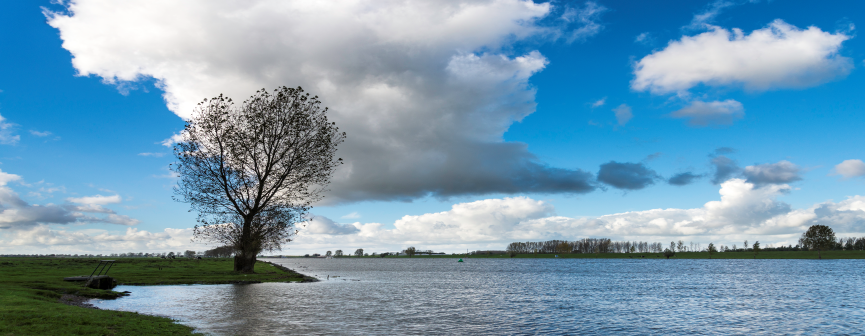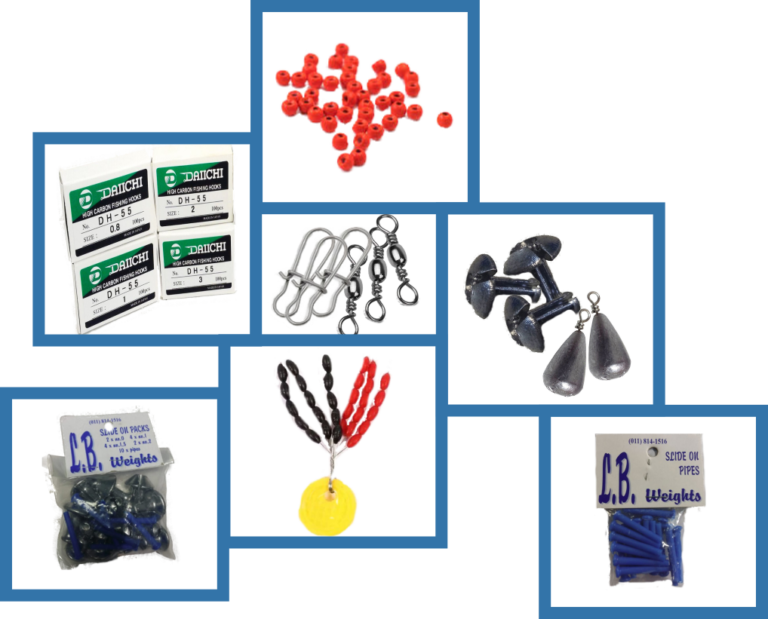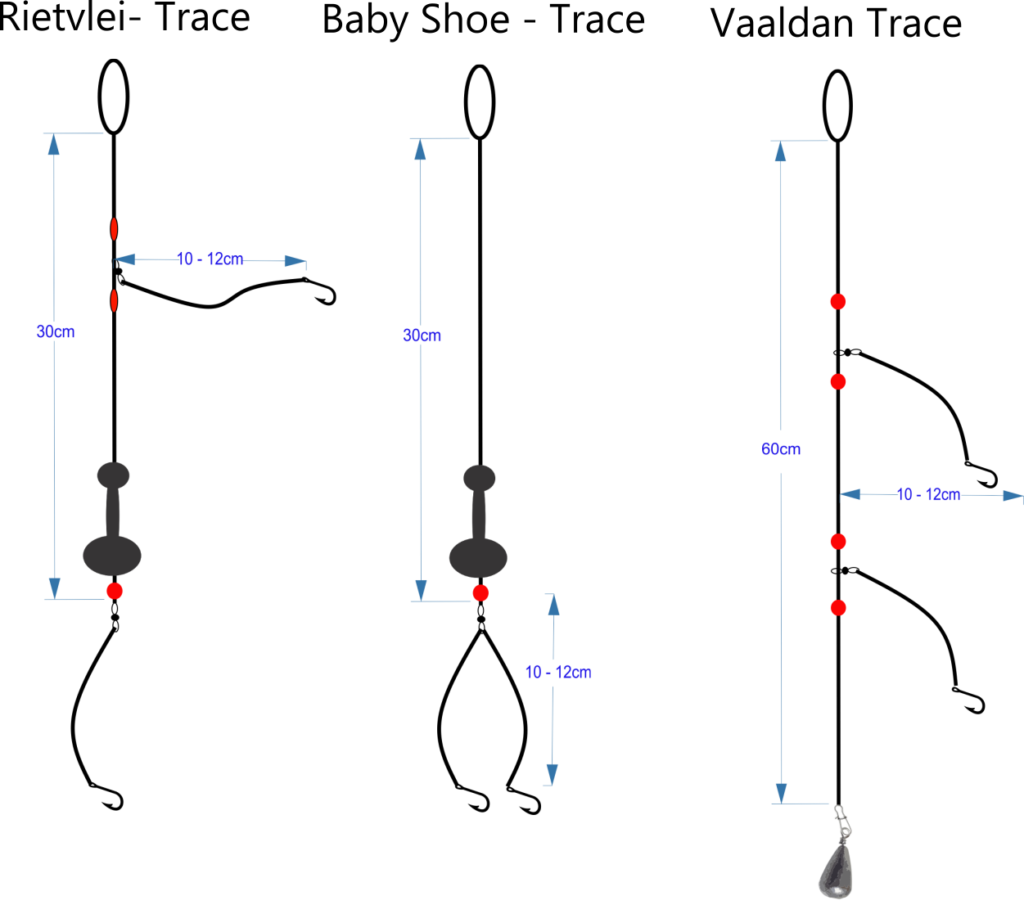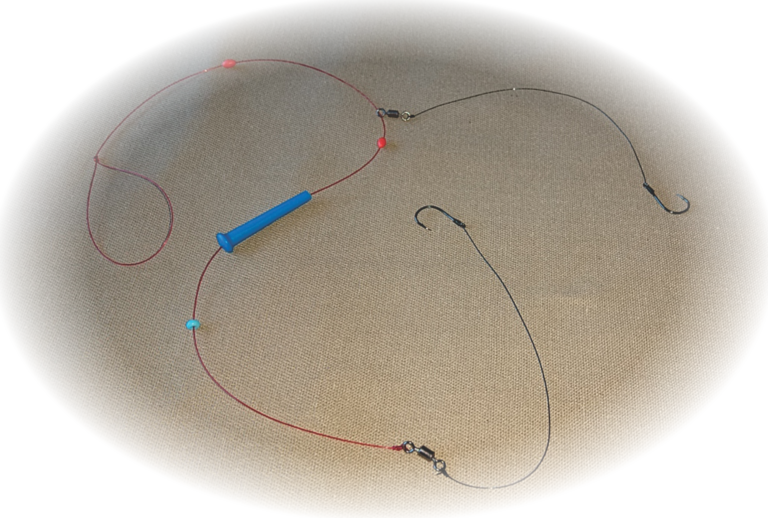
There are mainly three traces used in freshwater angling, the one trace not included now is the barbel trace.



With regards to the illustrated traces, there are variances but in general these traces offer the best for all occasions as explained below. Try to build your own traces they are 10 x better and will catch you more fish and will save you a few Rand in the long run.
Rietvlei – Trace
The most commonly used trace in bank-angling and the go to for most anglers and tried and tested trace a trace that catches the most species of fish and used in most fishing conditions.

Main line (Shaft line)
An 18lb mainline offers a good general line braking strength and suppleness. Why a mainline length of 30cm? Because bigger fish can be quite sensitive and a longer shaft line of the trace lies nice and flat on the bottom and has les interference.
Hook lines
7lb, 10lb and 14lb, the thinness or suppleness of hook lines can make a difference, thin hook lines when you find that fish are sluggish to bite or in winter just because they pick it up easier. In summer when you are fishing deep water and picking up bigger fish move to 10lb and then when you are targeting and getting big barbel move to 14lb.
Hooks
No2, No3, the same goes for your hook size.

Sinker weights and Links
Use a slide on weight(sinker) as you can change your weight to suite the changing conditions and distances that you want to fish so that you don’t compromise your fishing distance therefor or your feeding area in changing conditions. So when the wind start blowing you can up your weight from M0 to M2 for example or there is even 60g or 75g slide on weights available.
A further advantage is that you don’t have to make different traces with different weights you can have one trace and just change the weight that you require. A lot less work!


Gummy stops
Why a gummy stop? It is a came changer, here you can change how you react to the days fishing and the behaviour of the fish. For example when the fish are feeding and biting move the gummy stops closer together and let the hook lie closer to the mielie bomb.
Or when the fish are sluggish to bite or when they are more sensitive move the gummy stops wider apart so it gives the fish time to eat or suck the hook bait before it feels that there is something pulling . Then also the gummy stop prevents the top hook from moving to far up main line of the trace and from the mealie bomb, it can easily be positioned the hook distance to the mealie-bomb. It just makes things easier.

Swivels
No 12 and No 10, keep is fine and light, so that the fish can pick it up easier and it also assist with the sensitivity. The bigger swivel use it at the bottom and the smaller swivel use them for the hook links.

Beads
There function is just to protect the knots so that the sinker does not damage the knot.

Baby Shoe Trace
Why the baby shoe trace? There is a view that most of the fish takes the bottom hook on the trace, therefore you are increasing the fishing tempo and catching more fish.
The disadvantages is that the chances of foul hooking the fish on the body with the second hook is more likely and makes it difficult to fight and control the fish, and furthermore when the fish is thrashing the hook line can also snap easier.
Vaaldam Trace
Also a trace widely used, especially when casting for distance and high winds. On the bottom swivel a big 75g sinker can be clipped on. Also a nice trace when targeting barbal, muddies or big carp with the use of big brown earthworms and rise ants.
A lot more could be said and more opinions could be raised!
So leave a comment to see where we can add it in.